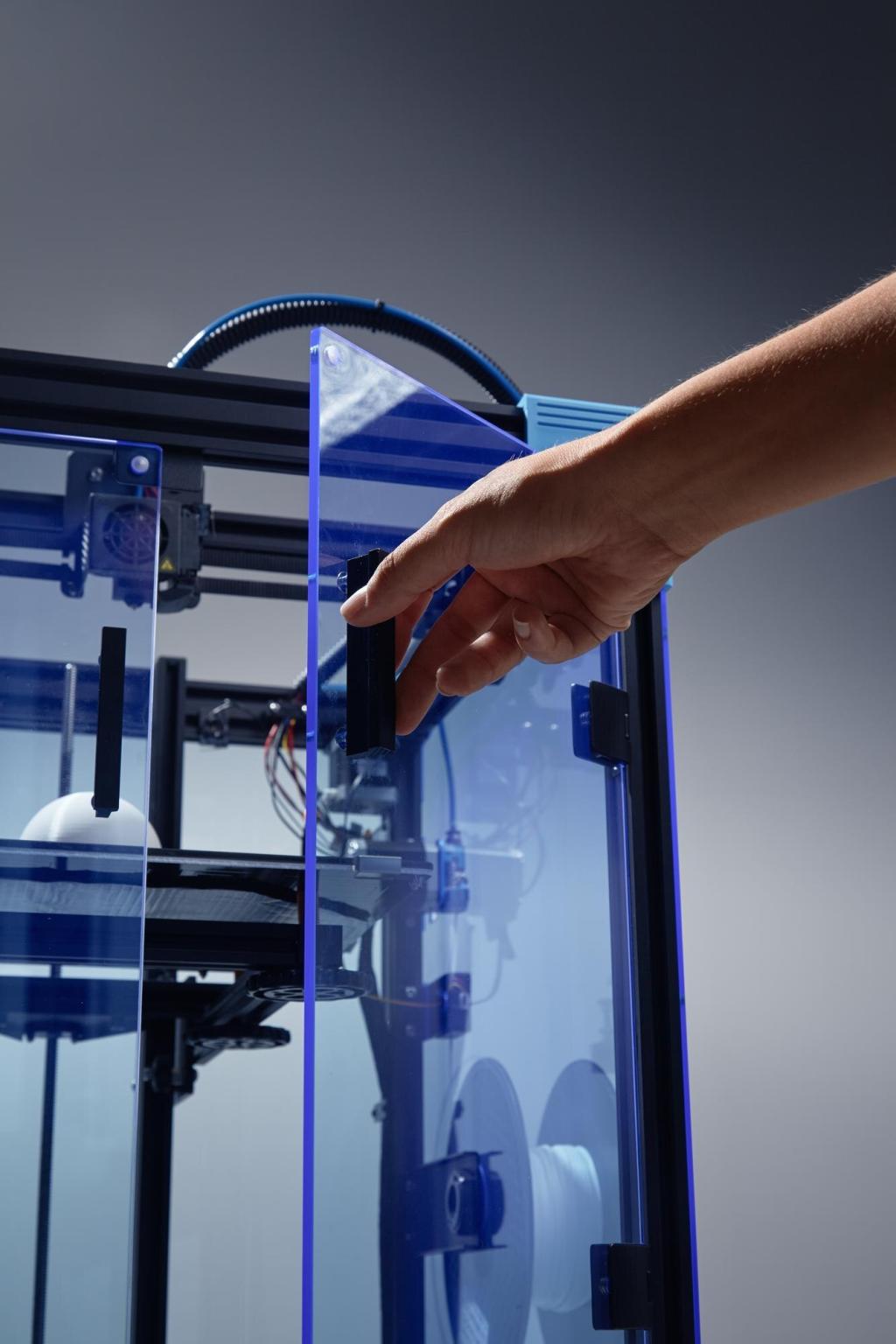Chosen Theme: Rainwater Harvesting Systems for Energy Conservation
Why Harvesting Rainwater Saves Energy at Home
Every gallon you harvest is a gallon that doesn’t travel through energy-intensive networks. Gravity replaces motors, localized storage shortens distribution paths, and you avoid heating water unnecessarily by matching uses to temperature and timing.


Why Harvesting Rainwater Saves Energy at Home
After installing a 1,000-liter tank under their eaves, Maya’s family irrigated with gravity and stopped summer hose pumping. Their evening meter readings fell noticeably, and the kids proudly charted weekly kilowatt-hours saved.
Designing for Gravity and Minimal Pumping
Raising storage even a meter increases pressure enough for drip lines and toilet flushing, often eliminating daytime pumping. Sketch your downspouts, measure height differences, and aim for the shortest, most vertical paths to storage.

By routing the first dusty minutes of rainfall away from storage, you reduce sediment and organic load. That keeps cartridges flowing longer, cuts clogging, and prevents needless pump strain during peak watering.
Quality First: Low-Energy Filtration and Safe Uses
Urban, Suburban, and Rural Perspectives
Stackable barrels, shared courtyard cisterns, and drip planters let residents irrigate without hauling hoses or running booster pumps. Agreements with building managers can channel roof runoff into community gardens with minimal energy.
Maintenance That Protects Your Savings
Clear gutters before big storms, inspect seals, and test overflow paths with a bucket. Replace worn washers early, and keep shade over tanks to reduce algae growth and heat-related pump stress.
Maintenance That Protects Your Savings
Tiny drips can steal pressure and extend pump cycles. Place a tray under fittings, check damp spots after irrigation, and use food coloring in toilets to confirm silent losses you never noticed before.

From Idea to Installation: Your First Week Plan
Walk your roofline, sketch downspouts, and note shade, sun, and obstacles. Measure gutter lengths, calculate approximate catchment area, and identify where gravity storage could sit without blocking paths or creating awkward access.
From Idea to Installation: Your First Week Plan
Find food-grade barrels or tanks, first-flush parts, leaf screens, and low-friction piping. Borrow tools, schedule a safe installation buddy, and plan for a temporary bypass in case rain arrives early and unexpectedly.
From Idea to Installation: Your First Week Plan
Build the diverter, set the tank, and connect overflow to a safe soakaway. Test gravity flow, log first readings, and post your photos. We’ll cheer you on and share your energy-saving milestones.
